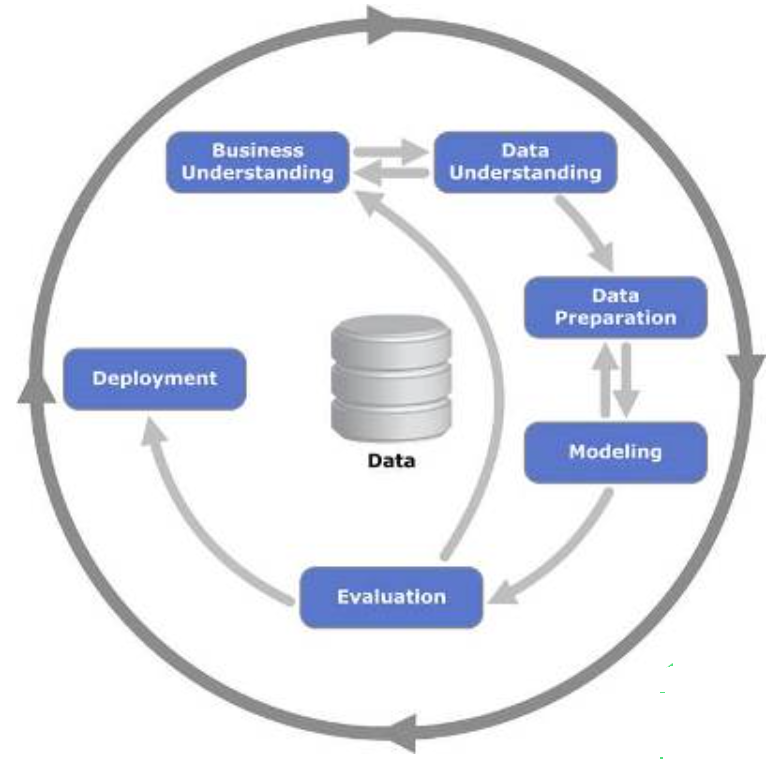Articles
What a CEO Needs to Know About Predictive Analytics
With any major investment, a CEO is expected to fully understand:
- The size of the prize
- The investment and return
- The risks and pitfalls
- How the new capability aligns to their corporate goals.
As a CEO you are supposed to have a clear point of view on everything impacting on your market. You may not be the only CEO who “wings it” from time to time.
Advanced Predictive Analytics is an excellent example of a capability that often triggers more questions than answers.
- Where does it fit in the organisation and who will own it?
- How involved in the strategy do I need to be?
- Why have others tried and failed?
- What’s all this about Data Science? What’s the difference between this, predictive analytics and data mining, and btw what’s all the hype about cognitive computing?”
- What’s the difference between a data scientist and my data analyst?”
- If data is the new oil, are we about to cause a slick?
More importantly:
- Can predictive analytics give me a real competitive advantage?
- How much data do I need to get started?
- What will it look like when we have finished – will I have gone bald in the process?
- What are the risks?
This post is designed to answer these questions and in the process, make you look intelligent when talking to your peers about “Advanced Analytics”.
The really good news is that the contents are based on 16 years in the field, the facts are actually true and will give you a clear position to evaluate this incredibly powerful capability.
Let’s start with the Bad News. Advanced Analytics Strategies do fail and one key reason is that you, the CEO, are not fully engaged in the process.
Analytics is new and may put the cat among the pigeons at board level.
The CEO will play a key role in establishing the analytics function and ensuring that it is adopted across the enterprise.

Many C level Directors may be unhappy or uncomfortable about the new cross functional capability. You need to anticipate how the different stakeholders will react. You should have a clear point of view on where you want analytics to bring the organisation. Talk openly about the plan and the possible anxiety that managers may have as analytics changes the way the business operates. Change management is essential and openness about the level of change helps address different stakeholders’ concerns. It also focuses on the new skills and resources that will be required.
The CEOs should include the key people whose divisions are both benefiting from and funding the analytics deployment. Collaboration at all levels is key to success. Many senior management will want to retain the Business As Usual model and you need to identify and manage this resistance to change.
Advanced Analytics will bring change. Navigating and managing this change and the power shifts in the C-suite will be your key goal. Unless this is driven by the CEO, Analytics will remain in silos with very lumpy ROI.
So let’s now try and unpick some of the hype and buzz words that have clouded the understanding of what Advanced Analytics really is?
The only difference between a data scientist and the traditional data analyst is their pay.
Data Scientists love to talk about all the technology and advanced Modelling techniques – Neural Nets, Decision Trees and Machine Learning. Don’t be fooled by this.

The fundamental of Data Science or Data Mining is that it solves a specific business question in a very measurable way. Put another way, Advanced Analytics (data mining or predictive analytics) is a business process that solves a business pain. It starts with your business objective and ends with measurable results at the conclusion. Unless you have a clearly defined Business Question, you will end up in what is known as “Paralysis by Analysis”.
Believe me, this happens more than you think. The true skill of your analyst is translating your business question into a data mining question and understanding what needs to be delivered to the business to help them achieve their goal.
If you accept that Data Mining is a business process, the next thing you need to know is that data mining is NOT a black box.
Business Knowledge directs the analytics process at every stage. A shallow understanding might suppose that the business input is needed at the start (to scope the project) and at the end (to deploy the results). Unless Business knowledge guides every stage of the analytics process the answer may end up being 42.
The answer to the question “How much data do I need?” is quite simple. The answer is you have enough data if “the analysis can deliver results that enable you to do your job better.” Data can always be added to the analytics at a later point.
Advanced Analytics is all about answering Big Hairy Questions that you don’t know the answer to. It is NOT a silver bullet. Uncovering truly valuable and usable patterns means searching for patterns in the data. It can have multiple approaches and require experimentation with different techniques.
There’s an awful lot of hype about cognitive computing. If there is an artificial intelligence that will deliver the right answer to any question, I have not seen it. Some vendors may tell you differently.
Remember, your data is unique, and that within your data, by its nature, there are always patterns.
These patterns are mostly self-evident: invoice associated with payment associated with delivery.
Advanced Analytics aims to discover and use specific patterns to help achieve specific outcomes – stop fraud, reduce churn, predict failure. You have a lot more data than you think and the skill of an analyst is to map these together to create the digital picture of the problem you wish to address.
Not all patterns are useful and the goal of Advanced Analytics is to uncover the ones that will give insight and can be used to tackle a specific problem. Advanced Analytics provides a capability to discover patterns that cannot be seen “with the naked eye”. This means that Advanced Analytics enables the business owners to “see” previously hidden truths about the business. The key input from the business is to differentiate between the useful and self-evident patterns but be warned, the truth may not always be what you expected and can often be hard to swallow. “Our biggest customers are costing us money!”
These examples underline the importance to analytics of a well-defined business goal at its heart. The value of data mining is not determined by the accuracy of the model, but rather by the implications and deployability for the business.
You’d be surprised by just how intelligent you will appear by simply stating that your success criteria is in the “value” that the analysis brings to the business (watch them squirm).
Another common misunderstanding is that once a data model is built, it can be automated and you can get back to your Business As Usual – Wrong.
By their nature the analytical model will degrade over time. Your market changes, your customers change, your competitors change. Fundamentally this means that over time your models will become redundant and will need to be constantly monitored and refreshed. Patterns in your data will be affected as change hits your business. Those who identify these changes first will have a definite competitive advantage.
So, what are the Risks, and why do Analytics strategies fail?
Analytics as described above is NOT a silver bullet where data fed into a machine gives you the magic answer to all your problems.
So, what is the biggest risk? Ironically, YOU may be!
Lack of senior executive buy in and direction will kill the strategy. Unless you get behind the strategy and put the relevant senior resources behind it, it will fail.
The reason there is scepticism about Advanced Analytics is that there have been a large number of failures. The analytics strategy has many moving parts and will take both senior management buy in and a clear understanding of the corporate goals and changes that the capability will bring about.
In delivering change across the organisational structure “politics” may also come to the fore. Managers may feel threatened by a capability that shows up their operational weaknesses in a very stark light.
The story of the American Football team that produced brilliant analytical predictions on when to substitute players, but never actually used the intelligence because no one told the coach what to do.
As a CEO, it’s important that you not just have some good one liners to toss out when people mention Big Data or IoT. I hope this white paper goes a little further and gives you some concrete understanding behind the myths of Advanced Analytics and how you can truly take ownership of this incredible powerful business capability.
Version 1’s experienced consultants are on hand to help you understand your SPSS needs – from consultancy and training to finding the best software and license type for your analytical and usage requirements. Contact us to discuss your requirement and identify the best SPSS solution for you.
Related Articles
Take a look through our SPSS Articles covering a broad range of SPSS product and data analytics topics.





